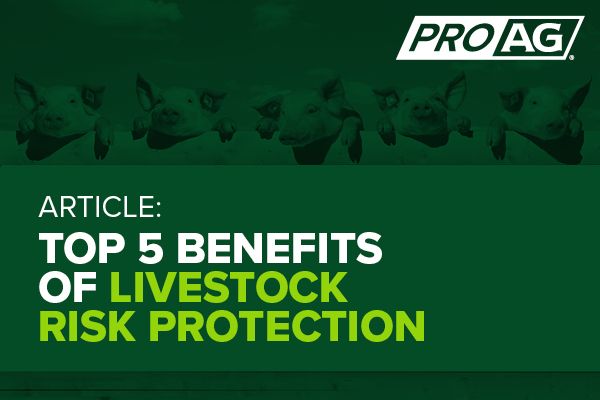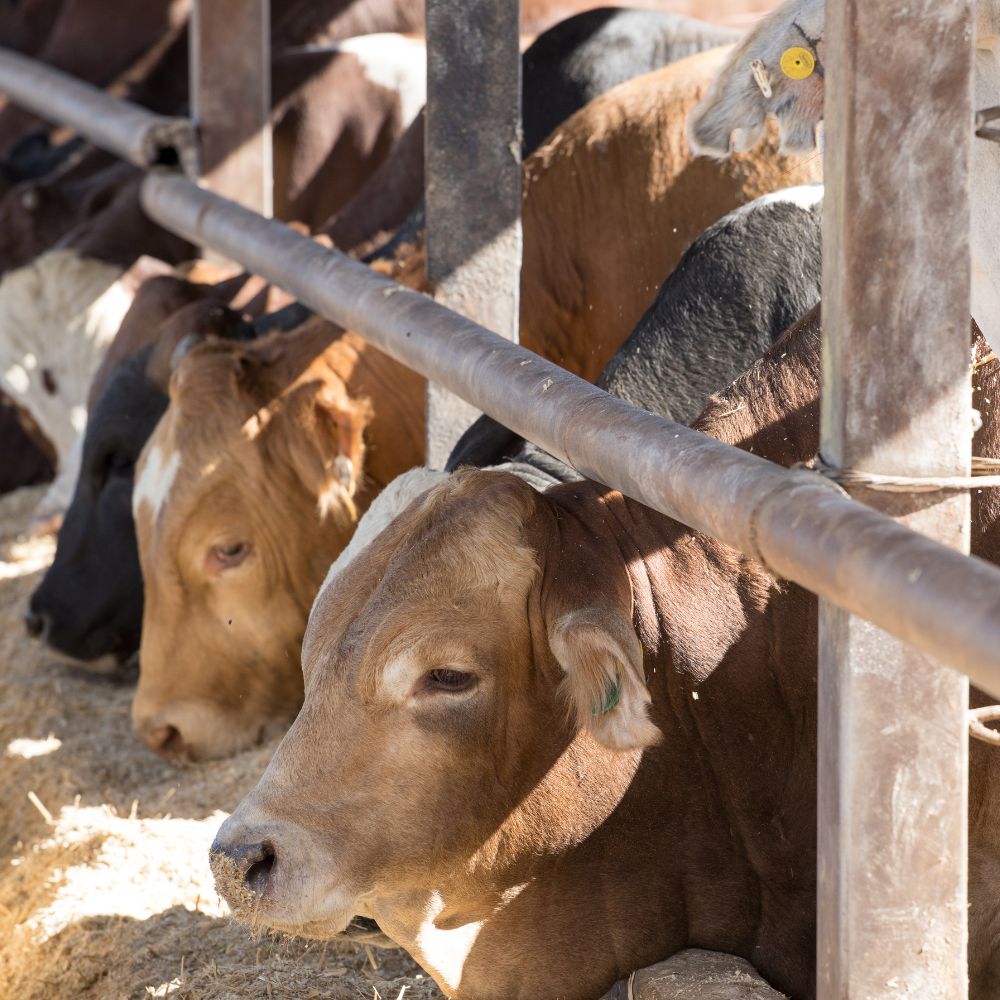Safeguarding Success: Bagley Risk Management Provider
Safeguarding Success: Bagley Risk Management Provider
Blog Article
Comprehending Livestock Threat Defense (LRP) Insurance Coverage: A Comprehensive Overview
Browsing the world of livestock danger security (LRP) insurance coverage can be a complex endeavor for lots of in the farming industry. This sort of insurance policy offers a safeguard against market fluctuations and unpredicted circumstances that could affect livestock manufacturers. By recognizing the intricacies of LRP insurance coverage, producers can make informed decisions that may guard their procedures from monetary threats. From just how LRP insurance functions to the different insurance coverage choices available, there is much to discover in this extensive guide that can possibly form the method livestock producers come close to risk monitoring in their businesses.

Exactly How LRP Insurance Policy Functions
Periodically, recognizing the auto mechanics of Livestock Risk Defense (LRP) insurance can be intricate, however damaging down exactly how it works can offer clarity for farmers and herdsmans. LRP insurance is a danger administration device designed to safeguard animals manufacturers against unexpected cost declines. It's important to keep in mind that LRP insurance policy is not a revenue guarantee; instead, it concentrates solely on cost risk defense.
Qualification and Insurance Coverage Options

When it comes to protection choices, LRP insurance policy offers producers the adaptability to pick the insurance coverage level, coverage duration, and recommendations that finest suit their risk monitoring needs. By recognizing the eligibility requirements and protection choices available, animals manufacturers can make informed decisions to handle threat properly.
Benefits And Drawbacks of LRP Insurance Policy
When evaluating Livestock Danger Defense (LRP) insurance coverage, it is vital for animals producers to consider the drawbacks and benefits fundamental in this risk monitoring device.

One of the key advantages of LRP insurance is its capacity to offer security versus a decrease in livestock prices. In addition, LRP insurance policy supplies a level of adaptability, enabling manufacturers to tailor insurance coverage levels and policy periods to match their particular demands.
One limitation of LRP insurance is that it does not secure against all types of risks, such as disease episodes or all-natural catastrophes. It is critical for manufacturers to meticulously evaluate their individual danger direct exposure and economic situation to figure out if LRP insurance policy is the ideal risk administration tool for their procedure.
Understanding LRP Insurance Premiums

Tips for Maximizing LRP Advantages
Making the most of the benefits of Animals Danger Defense (LRP) insurance calls for calculated preparation and positive danger monitoring - Bagley Risk Management. To maximize your LRP coverage, take into consideration the following suggestions:
On A Regular Basis Assess Market Problems: Stay informed concerning market trends and rate variations in the animals sector. By checking these factors, you can make enlightened decisions about when to purchase LRP coverage to safeguard versus possible losses.
Establish Realistic Insurance Coverage Degrees: When picking protection degrees, consider your production expenses, market price of livestock, and possible risks - Bagley Risk Management. Establishing realistic insurance coverage levels makes sure that read the article you are effectively safeguarded without overpaying for unnecessary insurance
Expand Your Coverage: Rather of relying solely on LRP insurance, consider expanding your threat administration approaches. Integrating LRP with various other danger management tools such as futures contracts or options can give thorough coverage against market uncertainties.
Review and Adjust Insurance Coverage Frequently: As market problems alter, regularly review your LRP insurance coverage to guarantee it straightens with your current danger exposure. Adjusting coverage levels and timing of acquisitions can assist enhance your threat protection method. By following these suggestions, you can optimize the benefits of LRP insurance policy and protect your livestock operation against unforeseen dangers.
Final Thought
To conclude, livestock danger protection (LRP) insurance policy is a valuable tool for farmers to handle the monetary threats related to their animals procedures. By comprehending exactly how LRP works, eligibility and coverage alternatives, in addition to the advantages and disadvantages of this insurance, farmers can make enlightened choices to safeguard their incomes. By carefully considering LRP costs and carrying out strategies to maximize advantages, farmers can minimize possible losses and ensure the sustainability of their operations.
Animals producers interested in obtaining Animals Risk Defense (LRP) insurance can discover a range of eligibility requirements and insurance coverage options tailored to their particular animals procedures.When it comes to insurance coverage alternatives, LRP insurance coverage uses manufacturers the versatility to pick the protection level, insurance coverage period, and endorsements that best match their danger management needs.To comprehend the complexities of Livestock Danger Security (LRP) insurance totally, understanding the variables affecting LRP insurance costs is vital. LRP insurance coverage premiums are identified by different components, consisting of the coverage level selected, the expected cost of animals at the end of the insurance coverage duration, the type of livestock being insured, and the size of the protection duration.Review and Change Protection Routinely: As market conditions transform, regularly review your LRP insurance coverage to ensure it lines up with your existing threat direct exposure.
Report this page